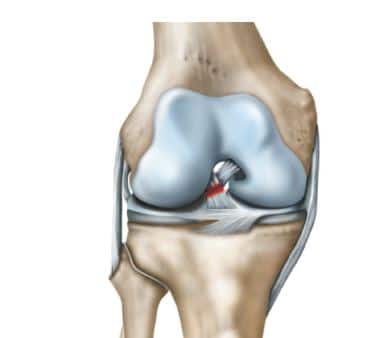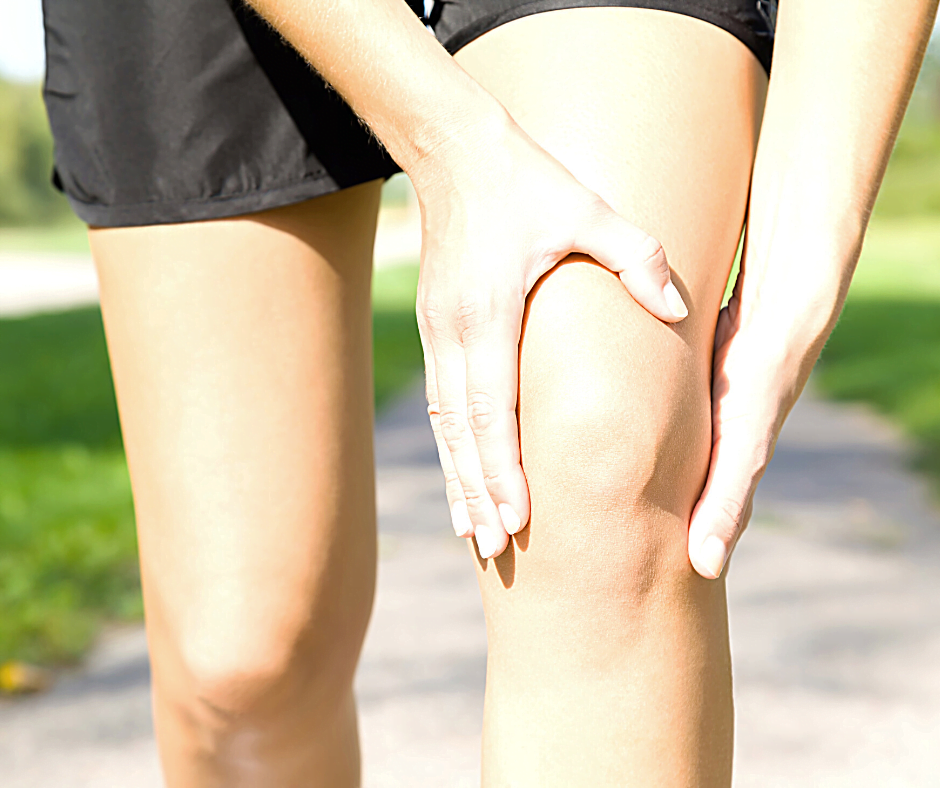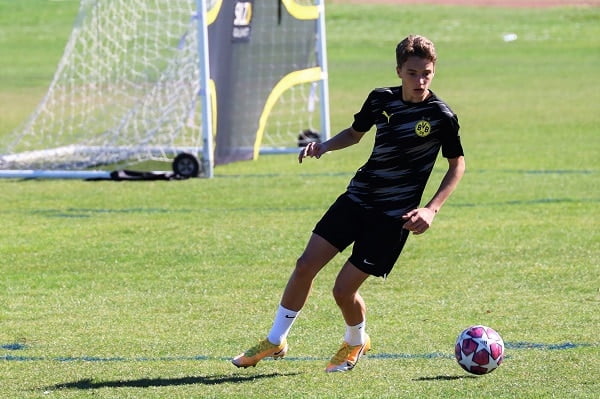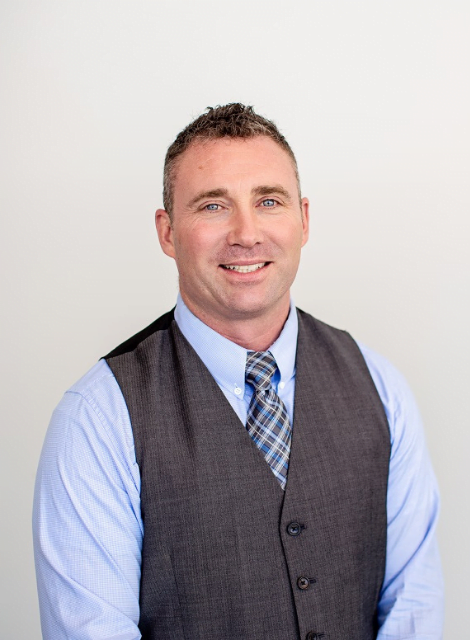Dr. Cullen talks about the ACL

The anterior cruciate ligament (ACL) is the primary stabilizer in the knee and one of the most common sports injuries. It is a strong ligament, that allows you to pivot, twist, and turn. Damage to the ACL can occur when an athlete suddenly stops or pivots, quickly changes direction, or lands after jumping. ACL injuries are common and complex, and luckily, a lot of effort is going into improving outcomes after an ACL injury.
Here are the top 5 things to know when it comes to ACL injuries.
ACL Injuries are Common
Nearly 250,000 individuals suffer an ACL injury each year. While ACL injuries occur in all sports and activities, it is more common in certain sports, like soccer, basketball, football, volleyball, and downhill skiing. Seventy and up to 85% of ACL injuries sustained occur during non-contact sports, like soccer, basketball, and skiing.
When it comes to gender, ACL injuries are more common in females. Some studies show that females are 3x to 8x more likely to suffer from an ACL injury than males. A variety of factors play into that, as outlined here.
Compounding the regularity of ACL injuries is that ACL injuries have a high re-injury rate. Reinjury rates range from 5 to 30%! With the constant pursuit to reduce the reinjury rate and increase return to sport, much research and effort have been devoted to ACL injuries. For instance, as discussed in this article about Platelet-Rish Plasma, sports medicine surgeons use PRP injections as an adjunct in surgery to jump-start the body’s healing process. Using PRP within surgery provides growth factors to stimulate regeneration.
ACL Injuries are Complex
Why are ACL injuries so complicated with many different opinions on how to treat them? The knee itself is very complex! Fixing ACL injuries is not straightforward, namely due to other injuries sustained to the knee along with the ACL. Other injuries sustained along with the ACL include injuries to MCL, meniscus, Anterolateral Ligament, and cartilage. Additionally, the extent of the ACL injury plays a role. The ACL may have a strain, which is a partial tear to one of the parts of the ACL, or it could be a full tear.
Because of this complexity, the treatment path and timeline will vary based on the injury and patient.
Different techniques and graft options for ACL injuries have pros and cons.
With the complexity of ACL knee injuries, the treatment path varies across patients. Imaging will tell part of the story, but the clinical exam, patient stability, amount, and extent of other injuries in the knee along with the ACL determine the recommended course of action for recovery. Sports Medicine Surgeon, Dr. Matt Daggett, tells his patients, “We treat people, not tests.” Meaning, imaging will tell part of the story, but we also need to rely on clinical exam and patient history to determine the right treatment path.
A debatable question often asked is, “What’s the best graft choice?” Graft choice for anterior cruciate ligament reconstruction has been a great controversy in the sports medicine literature for the last 25+ years. Bone-Patellar Bone-bone, hamstring tendon, quadriceps tendon, hamstring…which is “best” will likely vary by surgeon. Regardless of personal surgeon preference, however, each graft has relative advantages and disadvantages and should be appropriately and individually considered based on patient age, size, activity level, pain tolerance, and return to sports goal. Net, there are pros and cons to each graft choice.
Identifying pathologies with the patient’s injury and their goals are key to determining the “best” surgical and treatment path for each patient.


What's new in treating ACL injuries?
What is the Timeline for ACL Recovery?
What is the right time to return to sport after ACL injury? Much debate exists over this issue and 6 months, 12 months or even 2 years are answers you may get. The longer you wait, the lower your chance of reinjury. However, waiting 2 years to return to the sport and activities you love is not ideal for any athlete. While the answer depends on the patient, injury, and goals, 6 to 12 months is usually the range we see.
That being said, the chance of reinjury to the ACL is somewhere between 5 to 30%. For most, treating the mind upon releasing a patient back to the field or court is key. This fear of injury, which is justified, can be the biggest barrier to return to play.
Dr. Matt Daggett further explains the complexity around return to play timelines
ACL Injuries have a long-term impact on individuals and society
Studies show that nearly half of patients diagnosed with an ACL injury will develop osteoarthritis within 10 to 20 years of injury. While depressing to hear, it’s encouraging to know there is a path forward to slow the symptomatic progression of arthritis.
- It’s important to identify all injuries in the knee and preserve knee anatomy. The mechanics of the knee may change after reconstructive surgery. Thus, surgical techniques are being developed to better achieve normal knee mechanics after reconstruction. Your surgeon needs to be on top of the latest advancements to ensure a healthy year decades after ACL surgery.
- Restoring full knee functioning and stability is critical to the future of your knee. Regaining your strength after surgery and continued pursuit of a physical fitness program that emphasizes orthopedic health and strength is key.
- Work with a collaborative team of therapists and sports medicine surgeon team who understand the complexity of knee injuries. Lean on the clinical team to help determine the optimal time to return to sport or full function.
- Maintain healthy mobility and movement over time. This includes a healthy weight through diet and regular exercise.
While we can’t prevent arthritis, addressing the ACL injury and its complexity with the right team and treatment plan can help you stay pain-free in the future.
Our Expertise: ACL Treatments
ACL and knee ligament injuries are our specialties. Our team is passionate about returning athletes to their sport as quickly and safely as possible.
Learn More about ACL Injuries
Our Sports Medicine Surgeons
Recent News
Dr. Daggett on Fox 4: Basketball Injuries
Dr. Matt Daggett, sports medicine orthopedic surgeon, has a keen eye for what keeps basketball players safe and what puts them at risk for injury.
Common Soccer Injuries
Common Soccer InjuriesSoccer is an exciting, fast-paced sport where players must perform sudden acceleration, abrupt deceleration, rapid change of direction, jumping, and landing movements. The physical and fast-paced nature of the game puts players at risk for...
Connection of Emotional & Mental Health on Orthopedic Injuries
Poor functional outcomes correlate with poor emotional health, such as anxiety, depression, poor coping skills, and poor social support.



